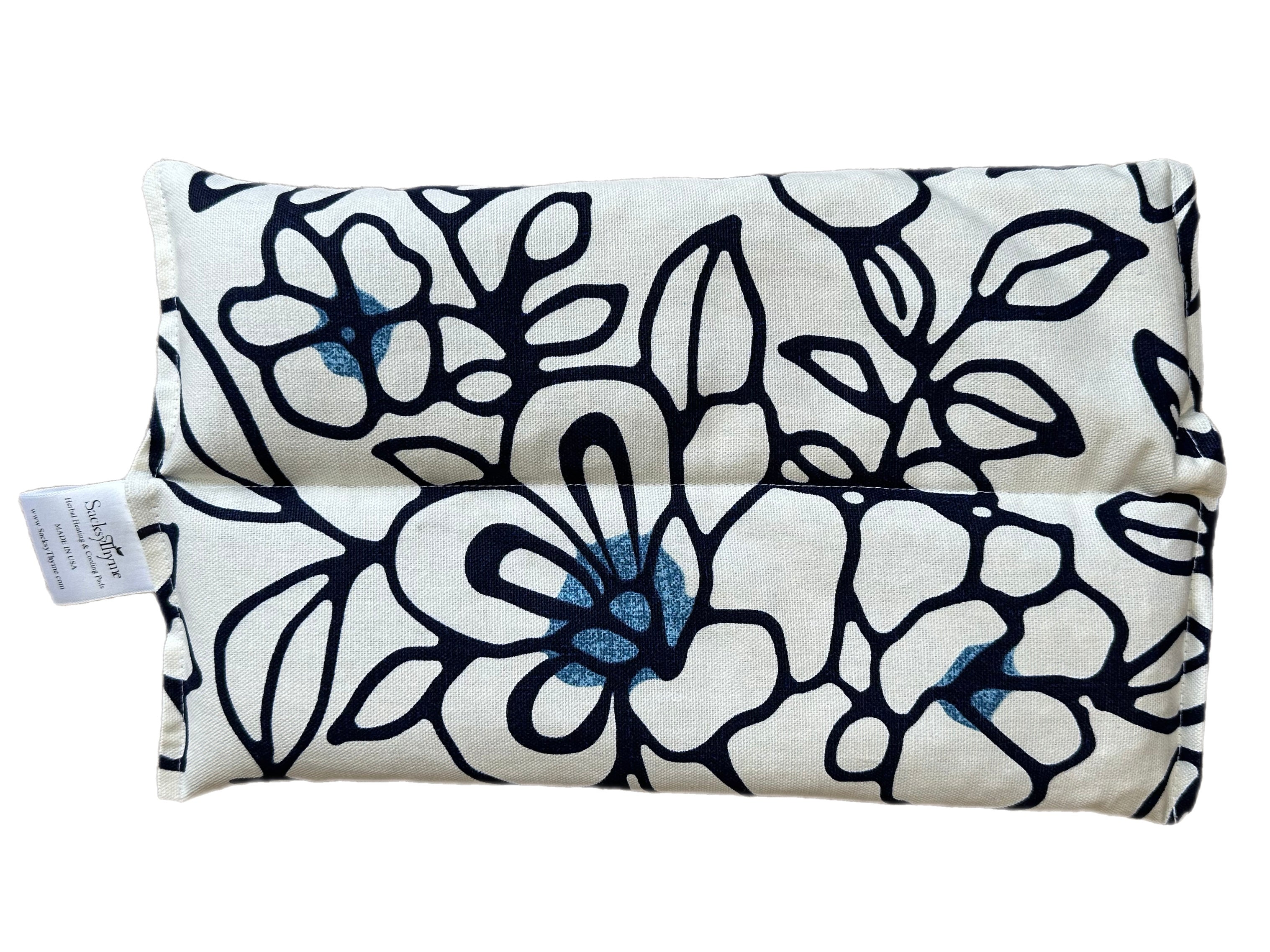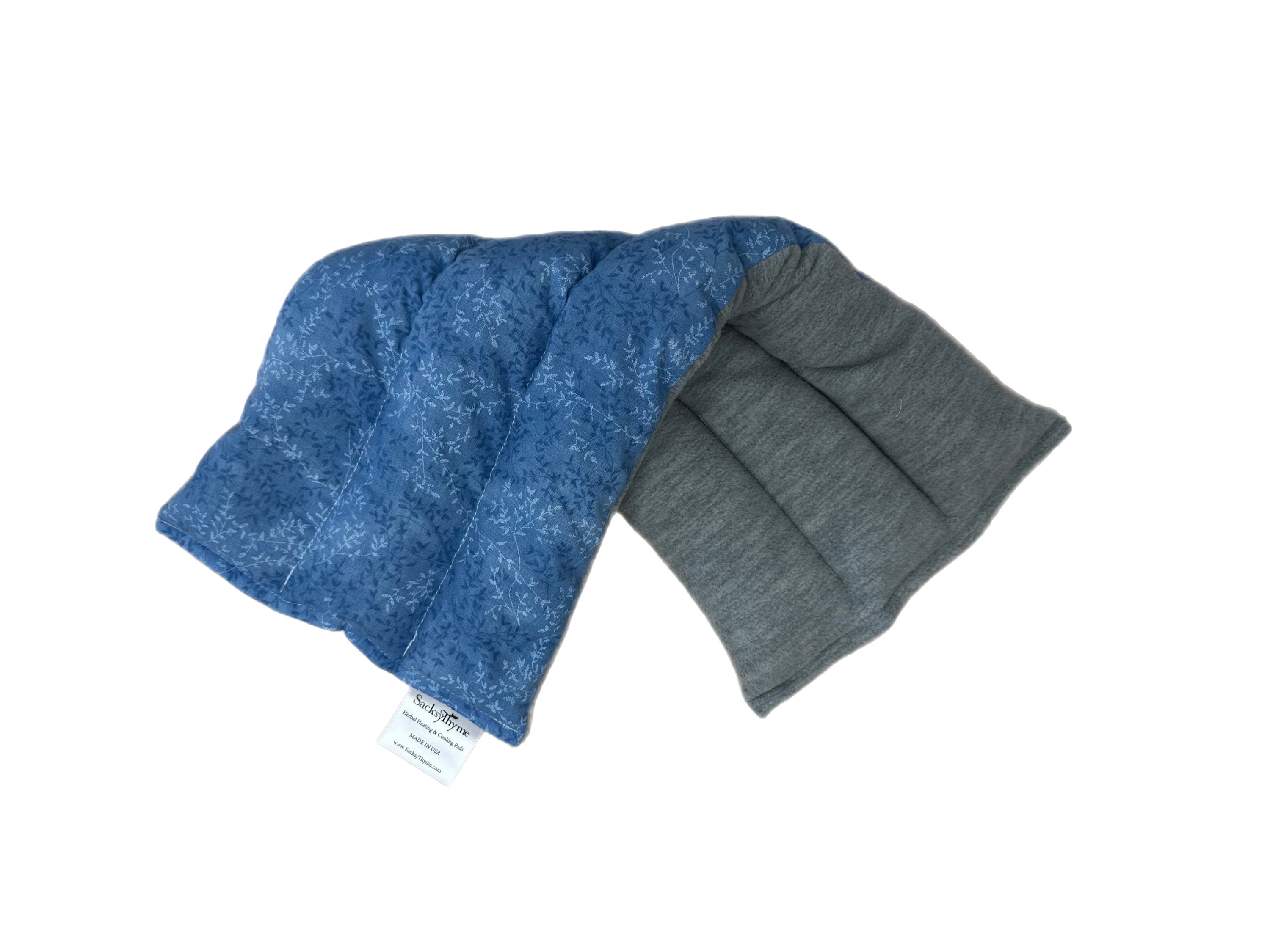One of the most enjoyable parts of a healthy lifestyle is how much you can do without relying on medication. One such way that people find relief from their muscle cramps and aches at home, away from doctors' offices or hospitals with all those expensive lab tests included as part of treatment costs, would be through heat therapy.
Heat provides soothing warmth and aids in healing by increasing blood flow where needed while relaxing tight muscles so they don't cause more pain!
Out of all the uncomfortable things that can happen to your body, muscle cramps are one of the worst. They come on suddenly and often without any warning, making them extremely difficult for people who suffer from this condition.
The most commonplace these spasms will pop up in and around joints like arms or legs with more flexibility. However, abdominal area sufferers may also experience tightness during their first few menstrual periods because many women find themselves dehydrated due to unexpected vomiting during those times and not drinking enough fluids before workouts.
What are muscle cramps?
Muscle cramps, also known as muscle spasms, occur when a muscle contracts involuntarily and does not relax. This can happen suddenly and unexpectedly, and the affected muscle may feel hard or bulging.
Muscle cramps can occur in any muscle in the body, and they can involve a small portion of a muscle, the entire muscle, or multiple muscles in the same group. These cramps are often painful and can cause temporary immobilization or difficulty using the affected muscle.
The most commonly affected areas suffering muscle strains include the thighs, feet, calves, arms, and abdomen. If they occur within the calves, particularly these cramps, they are called "Charley horses." A leg cramp that occurs at night, when you're not at work or asleep, is called a "nocturnal leg cramp.
What do muscle cramps feel like?
Muscle cramps can range from mild, uninvolved cramps to severe discomfort and extreme, intense pain. Cramp's muscles may be more challenging than usual to the touch or appear visibly distorted. It could move. The cramps usually last for a few moments to fifteen minutes or more. They can recur several times before disappearing.
What can I do to stop the pain in my muscles?
No, a pill or injection immediately relieves muscle cramps. The most effective thing you can do is stretch the muscles and rub them. Suppose the problem is within your leg rise and move around. Try applying a double-sided hot and cold therapy sack (take your bath in warm water or apply a heating pad).
Treating muscle cramping can often be done on your own. Start by massaging the area where you feel it most severely, then try relaxing exercises that will stretch out tight muscles, such as yoga or Pilates, if they are not too painful to restore blood flow if it is not too painful.
Warming the area with a heating pad can also result in soothing relief as the heat can help restore blood flow. If you're looking for immediate heat therapy, the Sacksy Thyme Flaxseed & Cherry Pit Heating Pad is just what you need.
SACKSY THYME Original Sack, Microwavable Heating Pad:
The Original Sack is made with Dried Cherry Pits and Certified Organic Flaxseed, providing hot and cold therapy where you need it most. It's versatile and can be used to soothe muscle cramps, stomach cramps, back ache, and more. Perfect for kids and adults.
The soothing warmth of the heated pad is designed for use in any area that needs extra attention, be it your muscles or joints. You can feel the power start to work almost instantly when you place this small device over someplace painful; with more coverage and flexible material, there are no limitations when using it wherever needed!
Sometimes, muscle cramps can be prevented by stopping them before they occur.
Who is affected by muscle Cramps?
Muscle cramps can happen anytime to anyone. It doesn't matter if you're young, active, or passive; you could experience muscle cramps. It could happen while walking, sitting at a desk, exercising, or lying down. Certain people are susceptible to muscle cramps and experience frequent activity.
How common are muscle Cramps?
Muscle cramps are not uncommon. They can occur to any person and are completely normal.
Symptoms and Causes
What triggers muscle cramps?
The exact cause of muscle cramps is unknown, but several factors can contribute to them, including:
- Dehydration: Not drinking enough fluids can lead to muscle cramps, especially during exercise.
- Electrolyte imbalance: Electrolytes, such as sodium and potassium, are important for muscle function. An imbalance in electrolytes can lead to muscle cramps.
- Muscle fatigue: Muscles overworked or tired are more likely to cramp.
- Pregnancy: Muscle cramps are common during pregnancy, especially in the third trimester.
- Certain medical conditions: Some medical conditions, such as diabetes, kidney disease, and liver disease, can increase the risk of muscle cramps.
- Medications: Some medications, such as diuretics and statins, can cause muscle cramps as a side effect.
What are the signs and symptoms that indicate muscle cramps?
Muscle cramps may be like a stitch in the side or become extremely painful. There may be a slight small twitch in your skin, which may feel hard to feel. It is a sign of uncontrollable. The muscles contract, and it takes time and treatment to let them relax. They are common, especially among older adults as well as athletes.
If the muscle cramps are frequent, severe, not responding well to treatment, and aren't due to obvious causes, you should make appointments with your health physician.
Management and Treatment
What are the best ways to treat muscle cramps?
When you feel a cramp, you may be working out, sitting down, or even sleeping through the night. It would be nice to have an ingenious injection that instantly relieves discomfort! There are five steps you could take to relieve yourself of cramps:
- Stretch the affected muscle: Gently stretch the affected muscle until the cramp subsides.
- Massage the affected muscle: Massage the affected muscle to help relax the muscle fibers.
- Apply heat or ice: Apply heat or ice to the affected muscle to help reduce pain and inflammation.
- Drink fluids: If you are dehydrated, drink plenty of fluids to rehydrate your body.
- Rest: Rest the affected muscle until the cramp has subsided.
What vitamins can help ease muscle cramps?
A number of vitamins and minerals can help to ease muscle cramps, including:
- Magnesium: Magnesium is an essential mineral that is involved in muscle function. A magnesium deficiency can lead to muscle cramps. Good sources of magnesium include leafy green vegetables, nuts, seeds, and whole grains.
- Potassium: Potassium is an electrolyte that helps to regulate muscle contraction. A potassium deficiency can lead to muscle cramps. Good sources of potassium include bananas, avocados, sweet potatoes, and spinach.
- Vitamin B6: Vitamin B6 is involved in energy production and the metabolism of proteins. A deficiency in vitamin B6 can lead to muscle cramps. Good sources of vitamin B6 include poultry, fish, eggs, and whole grains.
- Vitamin D: Vitamin D is essential for bone health and muscle function. A deficiency in vitamin D can lead to muscle cramps. Good sources of vitamin D include sunlight, fatty fish, and fortified foods.
In addition to taking vitamins and minerals, there are several other things you can do to ease muscle cramps, such as:
- Staying hydrated: Dehydration can lead to muscle cramps, so it is important to stay hydrated by drinking plenty of fluids throughout the day.
- Stretching regularly: Stretching helps to improve flexibility and reduce muscle tension, which can help to prevent muscle cramps.
- Warming up before exercise: Warming up helps to prepare your muscles for activity and reduce the risk of muscle cramps.
- Cooling down after exercise: Cooling down helps to relax your muscles and reduce the risk of muscle cramps.
When should I have my muscle cramps addressed in the emergency room?
Typically, muscle cramps won't last for very long. So, even though they can be painful, it's not considered an emergency. However, if the pain is unbearable or if cramps occur when you come in contact with any substance that may be toxic or infectious, go for the ER.
Prevention
What can I do to prevent muscle cramps?
Muscle cramps can be difficult to stop. They can happen at any time. They can occur anytime. There are risks you cannot avoid, such as the age of your body. There are, however, some suggested methods that may help to overcome these risk factors and prevent muscle cramps:
- Perform exercises for flexibility every day.
- Do your best to improve your overall fitness.
- It is important to stretch your muscles regularly. Do this, especially for those most susceptible to cramps in the muscles.
- Drink plenty of fluids regularly. Drink water, and stay clear of caffeine and alcohol.
- Beware of exercising in hot weather.
- Find shoes that fit correctly.
- Maintain your weight within a healthy level. Try a moderate workout before bed to avoid leg cramps that occur during the night.
- Avoid taking medications that could result in muscle spasms as a result.
- To prevent leg muscle cramps, use pillows to keep your toes pointed upwards if you sleep on your back. If you sleep on your chest, hang your feet over the end of the bed.
- Relax your muscles before you fall asleep. While you're sleeping, make sure that you keep your sheets and blankets loosely over your legs.
How Heat Therapy Helps For Faster Healing
Heat therapy has improved circulation in the areas being treated. However, it may support cramps in muscles and muscle cramping, as well as soreness in the muscles. As well as muscle pain. Patients suffering from tendonitis or sprains and strains must be cautious when heating their muscles as a form of treatment.
Sprains and strains (torn ligaments & muscles) are best treated with cold therapy. In this article, We'll cover the best way to apply heat and what to be aware of to ensure faster healing and long-lasting impact.
It can be helpful if you avoid using heat therapy to treat an acute ligament and joint injury. A damaged area heals more quickly through the use of Cold therapy.
Abdominal Cramping
It's no secret that abdominal cramps can be reduced with heat therapy. Described as pain or nagging discomfort in the lower abdomen, it may seem like a minor issue at first but often worsens before improving on its own - especially if left unattended for too long.
For soothing comfort, consider heat therapy from the Sacksy thyme Hot Therapy Relief Heating Pad. The shape and design of this heating pad were intended to deliver therapeutic heat to reduce the discomfort of cramping and tension. Its long form and the weighted beads ensure that this heating pad stays seamlessly in place over your abdomen while gently applying pressure.
Don't let your cramping get in the way of your lifestyle! Instead, take advantage of the soothing heat benefits that this heating pad provides so that you can be back on your feet in no time.
When should I consult my doctor regarding my muscle cramps?
Talk to your doctor If you experience cramps that are extremely painful, frequent, or persist for a prolonged period of. Be sure to speak with your doctor immediately if you notice these symptoms:
- Significant pain.
- Numbness or swelling of the leg.
- Skin changes on your leg.
- Waking up over and over again with leg cramps.
- If leg cramps prevent you from getting enough rest.
- If you're experiencing fluid imbalances or electrolyte imbalances that you are conscious of, you should consult your physician.
Contact your physician immediately if you're concerned your muscle cramps could indicate a severe medical issue.



